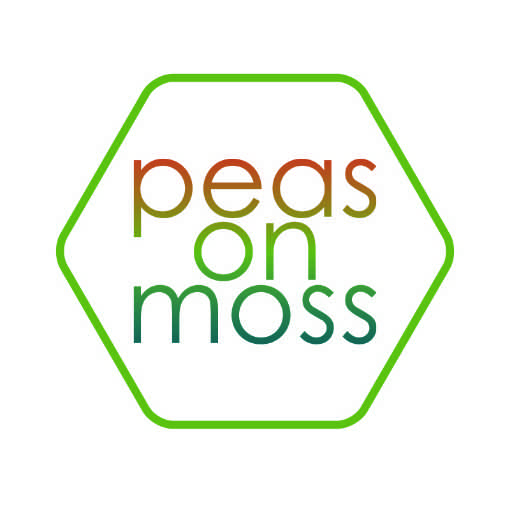A tea party can be a fun way to celebrate special occasions or just getting friends together for a fun gathering. You can find tea houses serving afternoon tea in several cities across the United States, but you can host a fun tea highlighted with delicious party and finger foods in your own home.
The Joy of Baking points out that taking “afternoon tea” was often reserved for the aristocracy, whereas “high tea” is more like a supper meal at the end of the day eaten by the working class. High tea is typically more substantial than “afternoon” or “low” tea, and it often includes meat or fish. Most images about tea parties represent the fancier “afternoon tea” which feature lighter sandwiches and small finger foods. There is no set menu, and it can be based on your personal preferences, party budget, and daring in the kitchen. If you know your guests well, try to also consider their tastes and food preferences, such as considering items for vegetarians and for those with food allergies.
 The Joy of Baking emphasizes that tea is the center of the occasion, and it should be served in a tea pot. Proper brewing techniques should be followed, and the type of tea you select determines how to brew it. Loose-leaf tea is the typical tea of choice, and you can find tea available for bulk purchase in many local stores. Tea Class gives an extensive perspective of tea history and proper brewing techniques for various types of tea. Black tea, like English Breakfast and Earl Grey, which are typically served at tea parties, typically take three to five minutes of steeping in boiling water. Keep your tea hot while steeping by wrapping the tea pot in a towel, and strain out the tea leaves when pouring the tea into cups.
The Joy of Baking emphasizes that tea is the center of the occasion, and it should be served in a tea pot. Proper brewing techniques should be followed, and the type of tea you select determines how to brew it. Loose-leaf tea is the typical tea of choice, and you can find tea available for bulk purchase in many local stores. Tea Class gives an extensive perspective of tea history and proper brewing techniques for various types of tea. Black tea, like English Breakfast and Earl Grey, which are typically served at tea parties, typically take three to five minutes of steeping in boiling water. Keep your tea hot while steeping by wrapping the tea pot in a towel, and strain out the tea leaves when pouring the tea into cups.
Depending on your bravery in the kitchen, you can make all of the finger foods you intend to serve at the tea party. Choose two or three different items to serve, depending on the size of your party. If you choose too many items, you will probably fatigue before finishing cooking and assembling your finger foods. Sandwiches and scones are the most common items served, and you can find recipes on searchable recipe databases. The Joy of Baking provides specific guidelines for sandwich assembly, and these include slicing the bread extra thin and trimming the crusts from the bread. You can also cut out the sandwich bites using shaped cookie cutters to make the sandwiches more elegant. Scones should also be cut out and should be dainty in size. Popular sandwich flavors include cucumber and butter, curried chicken, and ham and cheese. Scone flavors can be plain butter, Devonshire cream, and herb. Offer butter, whipped cream, and preserves to top the scones.
Many grocery stores have generous bakery and deli areas that offer a variety of foods from which you can create a gourmet tea party without as much time in the kitchen. The Food Network is an extensive resource for reviewing gourmet menu inspiration that you can take with you when you shop for your party. The deli section usually provides assembled sandwiches, which you can slice into dainty portions. In addition, the freezer section often will carry mini quiches, mini egg rolls, and other small bites. Any food will qualify, and you can slice portions into sizes that you want to serve. The bakery section often provides scones, muffins, and dessert items which you can make gourmet by serving them with fancy preserves and jellies.
 Now that you have considered the types of foods you want to provide, you should decide how much you intend to serve. If the time of the party overlaps with a meal time, you should assume that guests will eat more than if you are serving it as a snack between meal times. The Food Network encourages you to estimate four to six pieces per person for snacks or up to twelve pieces per person for a meal. You can also estimate serving two or three cups of tea per person.
Now that you have considered the types of foods you want to provide, you should decide how much you intend to serve. If the time of the party overlaps with a meal time, you should assume that guests will eat more than if you are serving it as a snack between meal times. The Food Network encourages you to estimate four to six pieces per person for snacks or up to twelve pieces per person for a meal. You can also estimate serving two or three cups of tea per person.
Sources:
Tea Class



Recent Comments